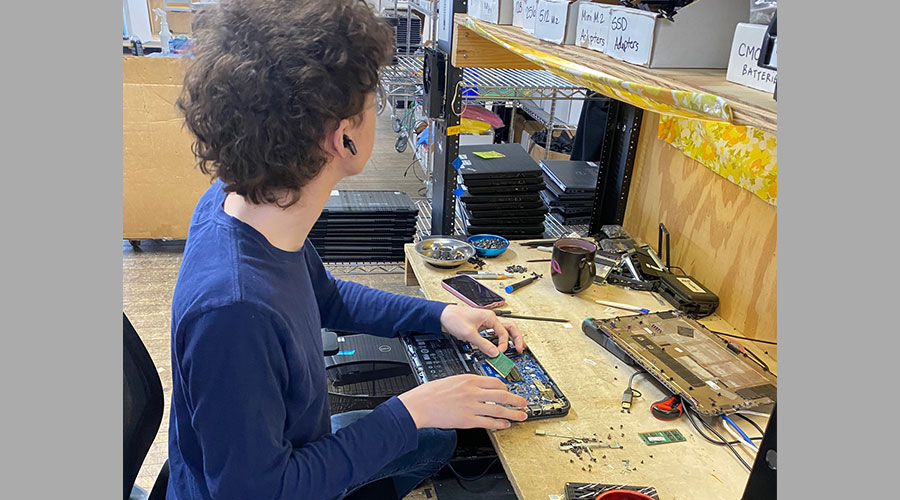Pandemic Protocol: Build Partnerships to Keep Green Schools Green, Students Safe
Especially in the era of COVID-19, sustainable, healthy schools require collaboration.
In the old days — like, six months ago — the way schools worked was pretty simple: Teachers taught, administrators administered, and facility managers managed facilities. But as schools reopen later this summer and fall, the coronavirus pandemic has created a need for these different professions to collaborate in new and unprecedented ways for the health and safety of their students.
For facility managers especially, this is a unique opportunity to build bridges in what might have been somewhat contentious relationships in the past. How many facility managers have had to take on the role of “space-heater police,” and thus for their efforts have made mortal enemies of freezing teachers?
“There is always a little bit of tension between facilities and teachers,” says Anisa Heming, director of the Center for Green Schools at USGBC. But now that they will be on the front lines together, there’s a great opportunity for them to collaborate and earn mutual respect as they work together to educate students about strategies the school district is using to keep people safe.
The health of students is up to everyone now, and facility managers will need to continue many of the strategies they adopted in the past for sustainability.
“COVID has taught us public health is everyone’s responsibility,” says Rachel Gutter, president of the International WELL Building Institute. “Students need context for why. We don’t know what their literacy is about the virus or what they’re hearing at home.” So facility managers will need to help teachers, principals, and school administrators understand why healthy and sustainable strategies are important and why they’re literally saving lives.
“A lot of what is good for the planet is also good for people,” says Gutter. “A lot of the strategies schools have put in place for sustainability are exactly the same strategies we’re looking to deploy in the return-to-school scenario.” These include, she says, advanced air filtration, a deeper focus on green cleaning, and a move toward touch-free restrooms.
Take cleaning, for one: Traditionally, schools had been cleaned after hours while students and (sometimes) teachers were gone. But in this new normal, cleaning will have to be done more frequently, often while school is in session. This will take the cooperation of everyone involved. And it’ll be more important than ever to be judicious in selecting cleaning materials. “It is critical to keep in mind that many people have allergies, asthma, and sensitivities to a variety of disinfectants and cleaning products, especially those that have added fragrances,” says Robin Buchanan, president and founder of Project Green Schools. “Reactions to synthetic dyes and fragrances can range from breathing difficulties, behavioral issues, skin irritation, trouble with focus and concentration, to life-threatening anaphylaxis.”
This means facility managers must not only ensure the cleaning products they’re using don’t cause harm, but also create policies so that any products teachers are bringing into their classrooms, like disinfecting hand wipes or spray cleaners, also won’t result in negative health consequences for students. That’s just one example of why it’ll be critically important to form a solid working partnership between teachers and facility staff.
“When schools reopen, teaching staff will have a huge role to play in some tasks that would typically be up to facility staff,” says Heming. “Limiting eating in the classroom, wiping down surfaces in classrooms, and more — it’ll be really important to be educating teaching staff in health and wellness strategies.”
The good news is that, because many schools had already been intensely focused on infection control, they’re well-positioned to keep on keeping on with existing strategies. Unlike the need to develop a new vaccine or therapies, our existing supply of disinfectants work well against coronavirus,” says Stephen Ashkin, president of the Ashkin Group and a board member of Project Green Schools. “We know how to clean and disinfect, and we have the right products. We just have to make sure they’re used correctly.”
Related Topics:













